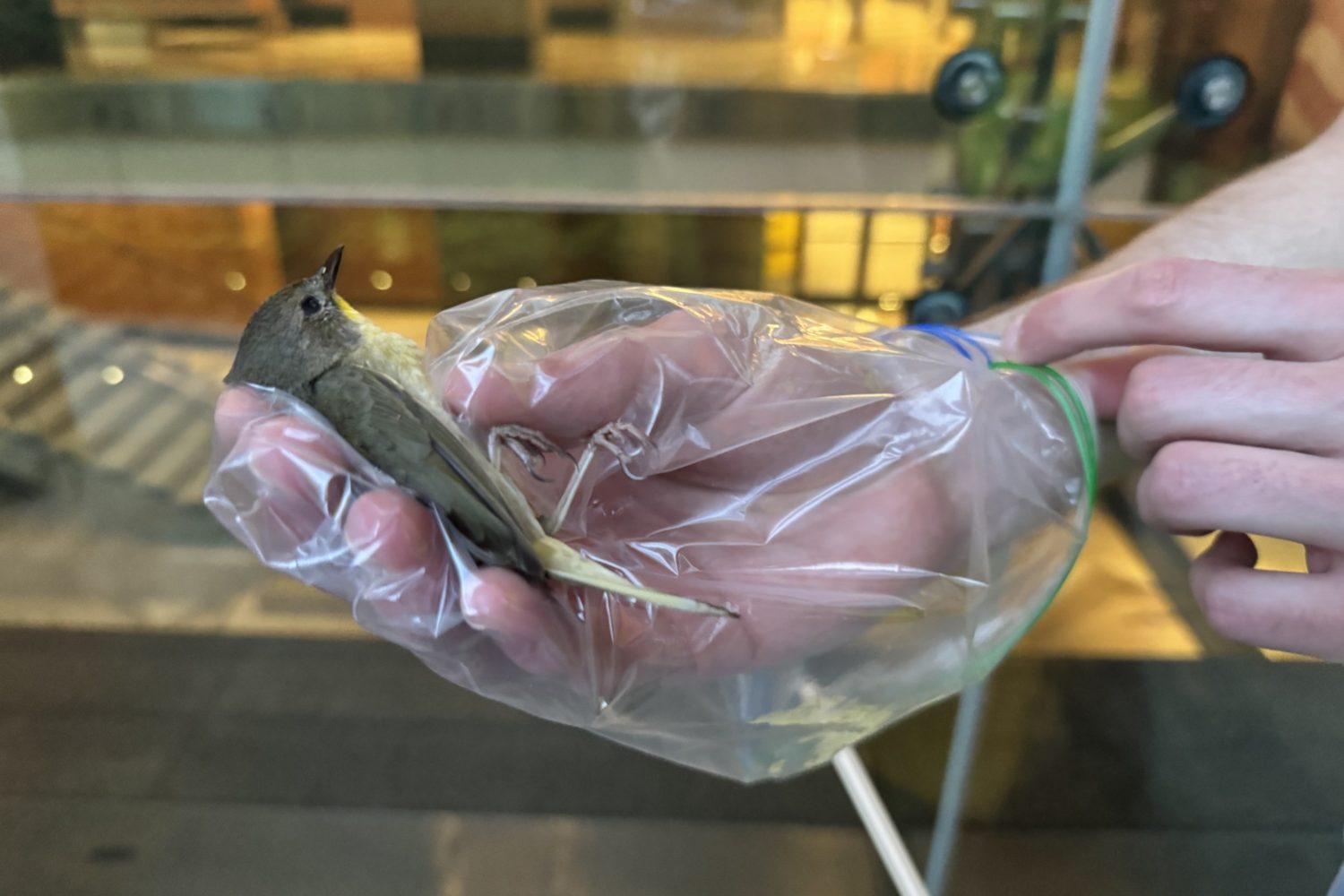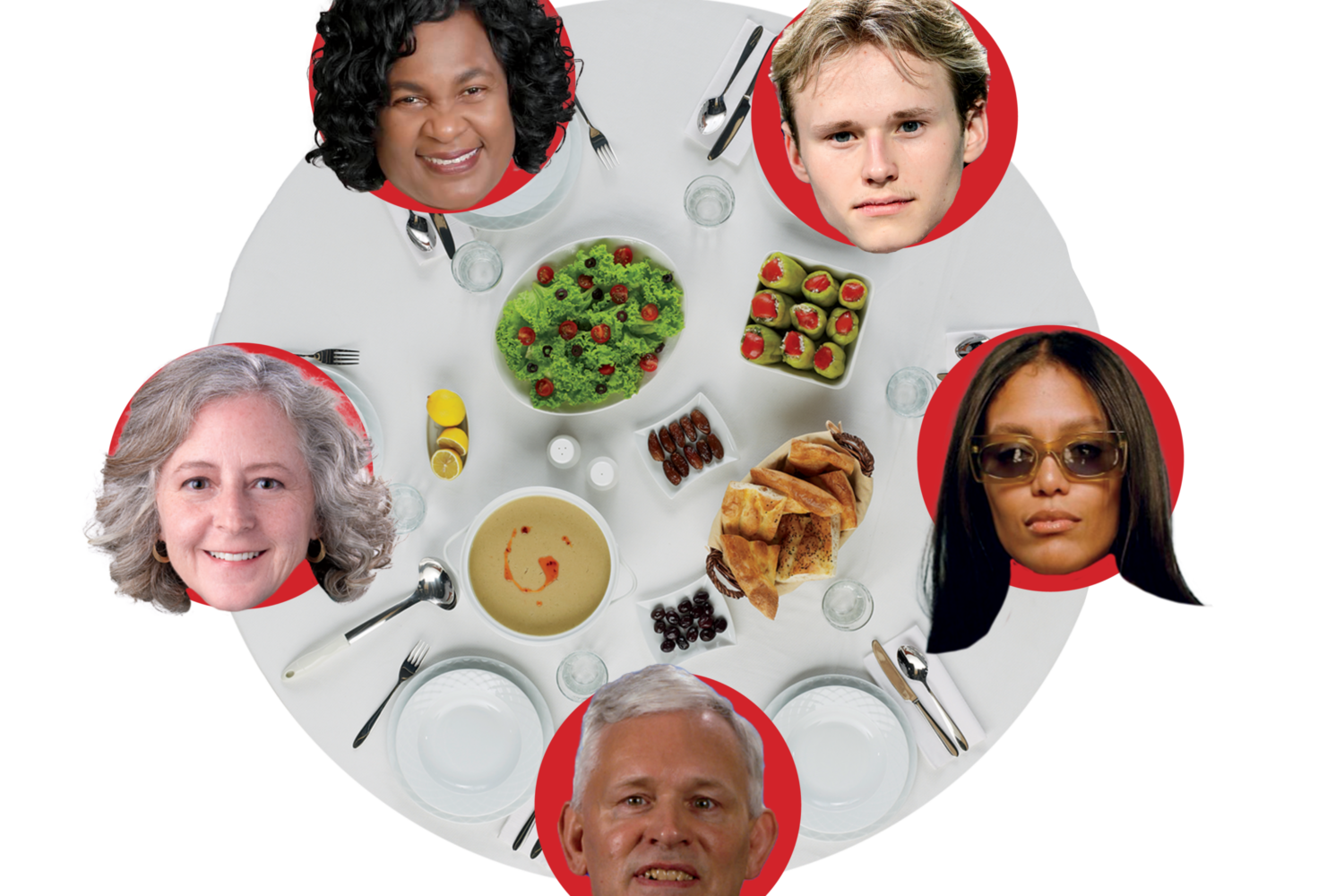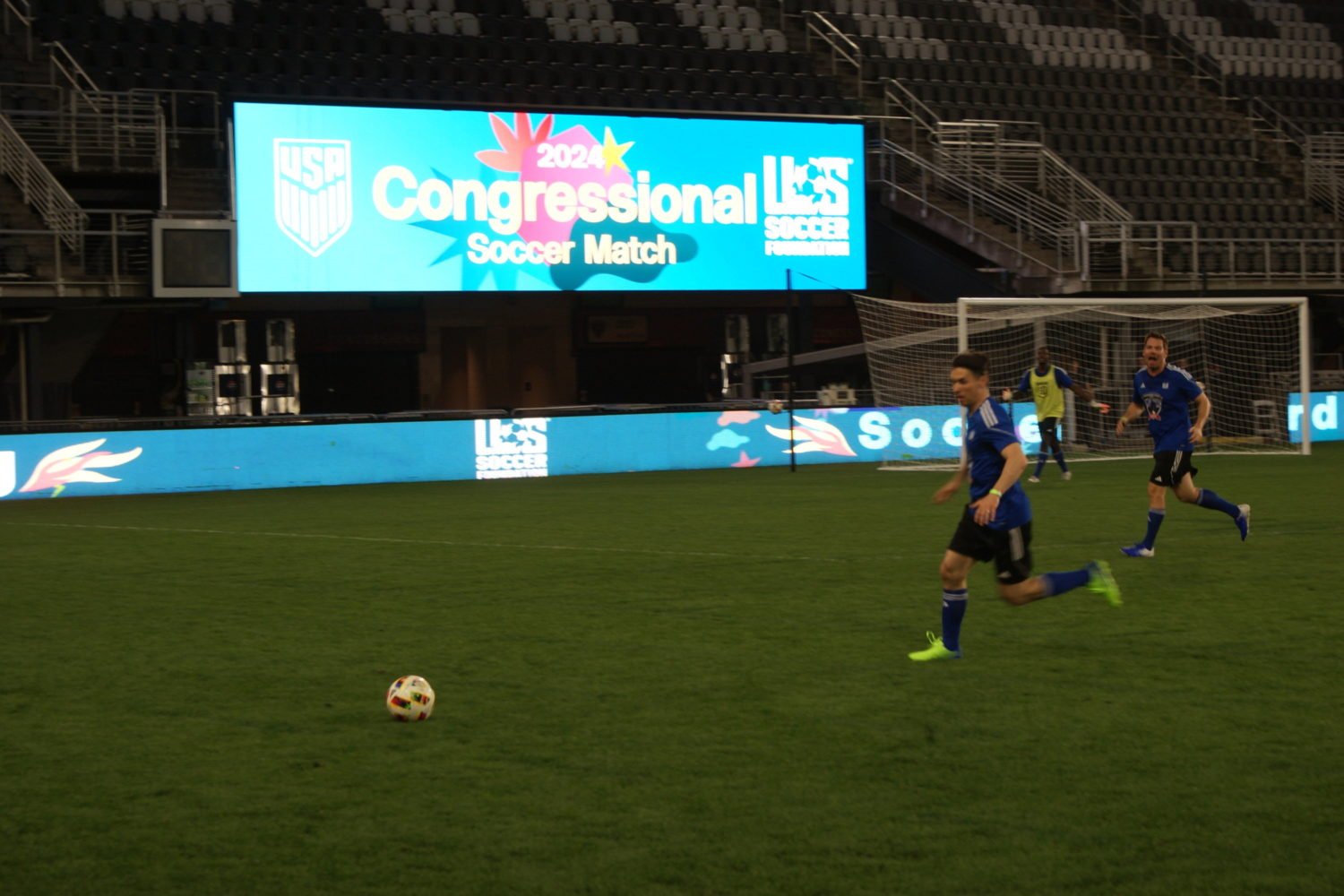Ted’s Story
It was a Saturday morning, and I was in the basement of my house in Mount Vernon asleep on the couch with half-gallon bottles of alcohol underneath the cushions. My wife came down and told me there were people upstairs who wanted to talk to me.
I came upstairs into the living room, and she sat down and joined my eldest son home from college, my second son home from college, my daughter, two of my partners and one of my associates from the law firm, and a counselor named Susan. They started talking, and I can’t remember any of what they said because I was in such a fog, but I do recall that there was no preaching, no badmouthing, no threats, just tears and concern that I was killing myself. They all said something, and when they got to Susan, she said, “We think we need to get you to the hospital.” And I looked out, and they had all lined up their cars along the driveway, and my first thought was how am I going to get in my car and get the hell out of there. But my second thought was I knew I couldn’t do that—there were a lot of important people in the room, and I’ll have to go along with this.
It’s called an intervention—family, friends, coworkers, even the boss surprise and confront an addict and insist on immediate treatment.
Betty Ford is glad she had one, and George McGovern wished he’d done one. Apparently George W. Bush didn’t need one.
Betty Ford’s intervention was orchestrated by her family and facilitated by the founding father of interventions, Vernon Johnson, in 1978. It became the stuff of legend in the recovery movement and led to the former first lady’s creation of the Betty Ford Center in California.
George McGovern laments in a foreword to Love First, the guidebook of the pioneering Hazelden addiction-treatment organization, that his family resisted confronting their alcoholic daughter. “We were repeatedly told by well-meaning, supposedly informed friends that we would have to wait until Terry really ‘hit bottom.’ The trouble is that when she hit bottom, she died.” Terry McGovern froze to death on the streets of Madison, Wisconsin, one December night in 1994.
While Washington is no stranger to addiction and the attendant stories of falls from grace and redemption, the city has a more complicated relationship with interventions, although one takes place almost every day here. But taking the step to organize friends, family, and coworkers to confront an addict isn’t easy.
Babette Wise, director of the Alcohol and Drug Abuse Program at Georgetown University Hospital, calls the problem the “sea of silence and secrets.”
Love First co-author and interventionist Jeff Jay has spent a lot of time in Washington and agrees it’s a tough town. “These people are going to be much more worried about the stigma of chemical dependency than most people,” he says. “DC is a brutally competitive town, and many of these people got to the position they are in by being control freaks, so they tend to be uncompromising in negotiations they aren’t in favor of.”
Bob Poznanovich and Andrew Wainwright are founders of Addiction Intervention Resources, a national organization based in Minneapolis. They say Washington is different. “The ultra rich and the ultra powerful are typically the ones who don’t contact us,” says Poznanovich. “They don’t reach the same level of pain as other families do, and they often have people around them to fix things.”
Wainwright grew up in DC, went to St. Albans and Gonzaga, and studied at Georgetown and Catholic universities before his own drug-and-alcohol abuse landed him in rehab 11 years ago. “I love Washington, but it’s a hard town,” he says. “There’s not a lot of tolerance for weakness. My mother finally stopped caring what other people thought. She had me admitted to a locked ward at a hospital and intervened on me there. I agreed to go to treatment and went with them to the airport. But I still thought I was in control. When I found out it was a one-way ticket to Hazelden, I went nuts and slugged my mom! With the help of the intervention team they got me onto the plane to Minnesota. I actually hit my mother—I wasn’t raised to do that, but that’s where my disease took me.”
His organization advocates lengthy preparation and bringing as much leverage as possible into an intervention. “You bring a gun to a gunfight, not a knife,” he says. “Especially in DC—it’s a power town, and this is a power disease. We want to give the power back to the family, to the wife and kids who have been walking on eggshells, where the disease runs the entire show, where a good day or a bad day is dictated by the disease.”
The primary tenet of intervention is that it’s not a good idea to wait for the addict to “hit bottom.” Wainwright’s partner, Poznanovich, says, “If you had a growth on the side of your neck and it was getting bigger and bigger, your family wouldn’t buy you a scarf; they would take you to the best cancer facility in the world, whether you wanted them to or not.” Addiction is “the big elephant in the room,” he says. “You can’t pretend it’s not there.”
Although the self-described “young Turks” Wainwright and Poznanovich say they are the vanguard of the new world of intervention with a variety of services, they credit Vernon Johnson with creating the original model that works to this day.
In the early 1960s, Johnson came to the revolutionary conclusion that alcoholism and drug abuse were delusional diseases that prevented the addict from seeking help. This helped dispel the idea that an alcoholic or addict must be ready for help before he or she can be helped. Rather than wait for the alcoholic to bottom out, a group of caring people could “create the crisis” and motivate the addict to accept treatment.
The traditional model for interventions stresses that it is neither an emotional ambush nor an uncaring attack but rather a carefully prepared, structured confrontation that leaves the addict with no choice than to change.
Often with the help of a professional interventionist, a group of people close to the addict—spouse, parents, siblings, children, friends, coworkers—come together to confront the addict with prepared statements or letters to be read aloud.
The message to the addict is threefold: how much the addict means to the person, how specific behavior resulting from the addiction has damaged that relationship, and what changes will now take place in the relationship unless the addict seeks help. One expert calls this “presenting an authentic mirror of behavior and harm done” and establishes a leverage that gives the addict no choice but to accept the help being offered.
Leverage can be as minor as refusing to spend time with the addict or as major as divorce or getting fired. The element of surprise is crucial. Despite the apprehension that the subject will just get up and walk out, that happens rarely. Another fear is that any treatment that is coerced will be unsuccessful. Statistics show that once an addict goes into treatment, the chances of recovery are exactly the same as for those who accept treatment without an intervention.
Elizabeth’s Story
The first intervention we did for my mother failed. It was professionally done, with my two brothers and sister there, my father and grandmother, and my mother’s best friend. After she checked in, we all left town, and my mother was home from the center two days later and drunk again.
Another 20 years went by, basically just getting by until last year, when she stopped eating. So we tried it again. We got ten people together, including my brothers and eight women friends of hers in their sixties and seventies—the women who had taught with her, written with her, traveled with her, and had watched her deteriorate.
They told her she had embarrassed herself and was no good professionally anymore. We told her she had no relationship with her grandchildren, we couldn’t come to her with any problems, and she was poisoning herself.
None of it got through to her. She was defiant, mad, thanked us for coming, and told us to leave. So my brother and I took her into another room, and I kneeled down next to her wheelchair and took her hand and said, “I’m sorry but if one of my kids had a serious disease, I would just pick them up and take them. And whether you like this or not, that’s what we’re doing.” And we each put a hand under her arm and started to lift her up.
She said “You can’t do this to me,” but the minute she was upright she said, “I guess I’ll need my purse.”
Vaughn Howland, founder and director of the Intervention Center, has been conducting interventions in the Washington area for more than 20 years. He likens his work to “staging a play.” His signature style is conducting interventions with formality and respect. “If you prepare yourself, then everyone knows what they are going to do and not do, read their script, and shut up,” he says. “Everyone does their thing, and the person just sits there and sweats.”
He adds that while he is very concerned about the addict, “My primary focus is the family. I want the family to get through this no matter what happens. I want them to be able to say, ‘No matter what happens, we gave it our best shot.’ ”
Jeff Jay says that he sometimes has to fine-tune interventions in Washington. “Sometimes the addict knows there is something in the offing, and I go in and talk one-on-one first. They like me for calling it off—it puts them in their executive-thinking mode, and they listen to me.” He adds that he often gives over small points of control to the addict in negotiating treatment. “I once allowed one person in the course of the intervention to change where he was going for treatment from one side of the country to another. This made him feel empowered.”
Even if the subject refuses treatment or accepts help only to relapse later, the families often feel a sense of catharsis and relief at getting the secret out. Ground rules have been established, patterns of enabling or hiding the addiction have been broken.
“My father died five months after an intervention for Valium abuse that led to a disastrous stay in rehab,” says a Washington reporter, “but my conscience is clear. We did everything we could to stop him.”
Beth Kane Davidson, director of Suburban Hospital’s Addiction Treatment Center, emphasizes the delicacy of the process. “Intervention is an art,” she says. “It’s not just ‘Okay, we’ll get a person in and tell them the bad things they’ve done and that they need treatment.’ You’re talking about a technique, a process.
“It’s not true that you can’t help somebody until they want help,” she says. “You can raise the bottom.”
Davidson says interventions that don’t work are usually the result of a weak link in the group, someone who threatens but does not follow through and continues to enable. The toughest interventions? “When it comes out that the spouse is a drinker as well.”
But it is often the family member who provides what Georgetown University’s Babette Wise calls the “grace moment” that can bring success to an otherwise difficult intervention. “One of the first ones I ever did involved a grandfather with his adult children and grandchildren,” she recalls. “A seven-year-old little girl said to him, ‘I’m not going to get in a car with you. I don’t have fun with you anymore. I’m not going to play with you anymore.’ ”
Howland agrees. “I love to have children there—there is nothing like having a little girl with ribbons in her hair and tears streaming down her face,” he says.
Grace moments aside, it’s the power of the group that gives the necessary impact. Jeff Jay says that when he does an intervention in Washington, he often does it a little differently to try to get through. “We really work to try to bring in an admired person who is recovering in their field of work. There are almost 450 AA meetings a week in the greater Washington area—lots of recovering people from politics, media, law, other walks of life.”
In preparing an intervention, getting in touch with the workplace and asking people there to take part can cause family members more worry than any other issue. While family members fear that once the boss learns of the drug or alcohol problem, the addict will be fired, in most cases the company is aware of the situation and has policies supporting treatment and recovery. And for shock value, there is nothing like seeing the boss sitting in the circle.
There are safety nets in the process: Most companies have an Employee Assistance Program. Confidentiality is usually maintained, and options vary, but usually there are guidelines as to what coverage will be provided for medical leave. And most experts agree if the boss is there at the intervention, it’s all the more persuasive.
“The job is the last to go,” says Wise. “There can be chaos and pain and God knows what at home, but people can preserve it at work.”
“While the home intervention is about love and concern,” says Intervention Resources’ Bob Poznanovich, “the workplace intervention is about facts and solutions.” He adds that when his people are called into the office, “we intervene on behavior and the resulting performance issues. That’s the key. We’re not calling anyone an alcoholic or an addict. We’re asking them as a term of their continued employment to get help.” And he reports a great success rate: “We’ve never had a workplace intervention where the subject didn’t go into treatment.”
Which doesn’t mean the subject didn’t eventually get fired.
“Our priority is to get this person help. Our job is not to save his job,” says a member of the DC Bar’s Lawyer Counseling Committee. The organization, one of the first professional groups of its kind, provides interventions and other forms of care for lawyers with drinking or drug problems, often at the recommendation of judges or managing partners.
He says that while there usually are protections, the law is murky. “It’s an evolving area,” he says. “There is some controversy out there about the exact coverage of alcoholism under the Americans With Disabilities Act . . . . You can’t fire someone because they’re ill. However, it’s legal to fire someone when their illness significantly impacts their work performance. And guess what—alcoholism seriously impacts people’s work performance.”
Over the years he’s encountered all kinds of reactions at interventions but one constant. “I’ve had subjects sit there in stony silence throughout the entire thing,” he says. “I have had people debate with the people giving examples. I’ve seen heated condemnation of these traitors. But never have I seen any of them leave.” He adds that they “always try to negotiate. Alcoholics are great talkers; lawyers are great talkers. You combine the two, you’ve got a really great talker.”
Most addiction experts stress that an intervention is just one step in what is often a very long haul.
“An awful lot of people put their emotional eggs in the basket of what will happen on intervention day,” says Intervention Center founder Vaughn Howland. “It’s just a kickoff point no matter how they do—it’s a three-to-five-year process in the best of circumstances.”
Ginna Marston, of the Partnership for a Drug-Free America, agrees: “Intervention as a one-hit thing is going to disappoint.”
Recovery, whether it’s the classic 28-day inpatient stay at a rehabilitation facility or outpatient treatments like AA, is not immediate, not easy, and not always successful. Relapses are common, and families often have to be prepared for bigger changes than just sobriety, such as divorce, estrangement from children or friends, even career changes.
“Intervention carries with it the possibility of change,” says Marston. “Change that may be better for the addict, but for some of those people in the old comfort zone, the change can be threatening and frightening.”
Many area interventions conclude with a packed bag and a short car trip to Father Martin’s Ashley, a highly regarded treatment facility in southern Maryland. “The bottom line is whatever works,” says program director Christopher Shea. “What I’ve learned from my years in the field is that it doesn’t matter to me what gets someone into treatment, whether someone feels tricked into this or is only here because of someone else. You’re here for 28 days, and what are you going to do with that?
“You can go kicking and screaming into treatment, but it may save your life.”
Of the more than 22 million people in America dealing with addiction, 19 million are not getting or seeking help. Most experts call for any kind of intervention as soon and as often as possible. “My fantasy is that one day it’s handled like heart disease or cancer,” says Babette Wise, “where the doctor sees someone who is alcoholic and says, ‘Next time bring in a family member,’ like in any other potential life-threatening diagnosis, and address it directly. A mini intervention could happen in the emergency room—where at least 25 percent of the visits from falls or car accidents are alcohol-related.”
One of the area’s leading recovery advocacy organizations is the Johnson Institute—named after the intervention pioneer Vernon Johnson. President Johnny Allem says that there is much to hope for. “The briefest of interventions, just 15 minutes with a doctor or a pastor, can have tremendous impact,” he says.
He adds that although cutbacks in insurance coverage by managed care have created barriers to treatment, “the effectiveness of early intervention has been thoroughly documented, including practices of very short duration by professionals who witness early symptoms of addiction disease.” These professional practices have been called “brief interventions” and are endorsed by the American Society of Addiction Medicine.
“This is not costly,” he adds. “Financing early treatment and recovery drives down primary healthcare costs. And doing the right thing pays for itself. It just takes the courage to overcome discrimination and the myths surrounding alcohol-and-drug addiction.”
A member of another DC-based group, Faces and Voices of Recovery, worries that George W. Bush’s solo effort to quit drinking sent the wrong message to those who think they can handle their addictions without help: “George Bush comes to town, and the impression they try to convey is that he just suddenly realized he had a problem and he stopped drinking and lived happily ever after.”
And if an intervention fails? “There’s no such thing,” says Suburban’s Beth Kane. “You’ve planted a seed. So many come back a year, even two years, later and say, ‘Everything you say is true.’ It’s not a failure, because you’ve put it out on the table.”
And you can always try again.














